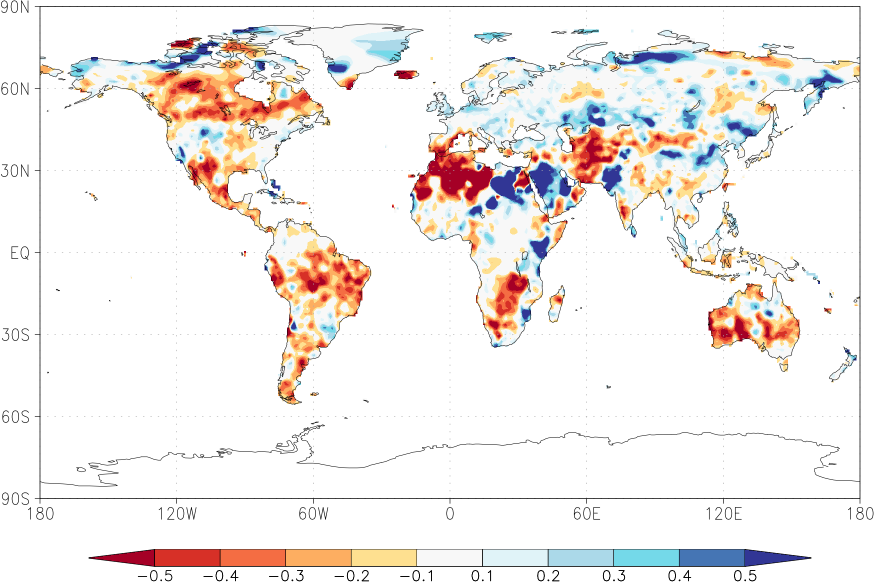From 7am UTC / 9am CEST (Amsterdam time) on 7th July 2025, Climate Explorer will be down for some hours for important maintenance and improvements. Thank you for your patience during this time.
Starting point
Please read To tackle increasing web traffic from spambots blocking the server for legitimate users, we are asking users to now verify that they are human before using the Climate Explorer. You will only have to do this once for a given computer or network. This is not related to your user ID. Please contact the administrator if you run into problems with this service, or wish to have your IP address manually added to our system.
The KNMI Climate Explorer is a tool to investigate the climate. Start by selecting a class of climate data from the right-hand menu's (Select a time series or Select a field). After you have selected the climate data of interest, you will be able to investigate it, correlate it to other data, and generate derived data from it.
Some restrictions are in force: the site does not remember how you filled out the forms, you cannot define your own indices, nor upload data into the Climate Explorer or handle large datasets. If you want to use these features please log in or register.

| News | |
|---|---|
| 26-may-2025 | Updated E-OBS to version 31 (30 for global radiation) |
| 19-may-2025 | Added HadEX3 analyses of extreme indices (replaces HadEx2) |
| 17-apr-2025 | A new side menu section Toolbox Attribution Studies has been added with the existing Attribution Runs feature and two new tools - Analogues and Synthesis. |
| 04-feb-2025 | We will soon be deploying a new IP whitelisting feature in an attempt to block automated spam traffic and hopefully improve performance for legitimate users. This will require you to click on a confirmation button. After clicking, you will not be asked again until you change network (e.g. connect to a VPN, travel to another location). We will not require any personal information during this process. Please report problems you encounter to the administrator. |
| 16-dec-2024 | Climate Change Atlas updated to include KNMI23 CMIP6 data and AR6 regions. You may have to refresh your browser to see the new version. Please report issues to the administrator. |
| 28-oct-2024 | Provide PDO from HadISST, COBE2 and ERSST5 |
| more... | |
